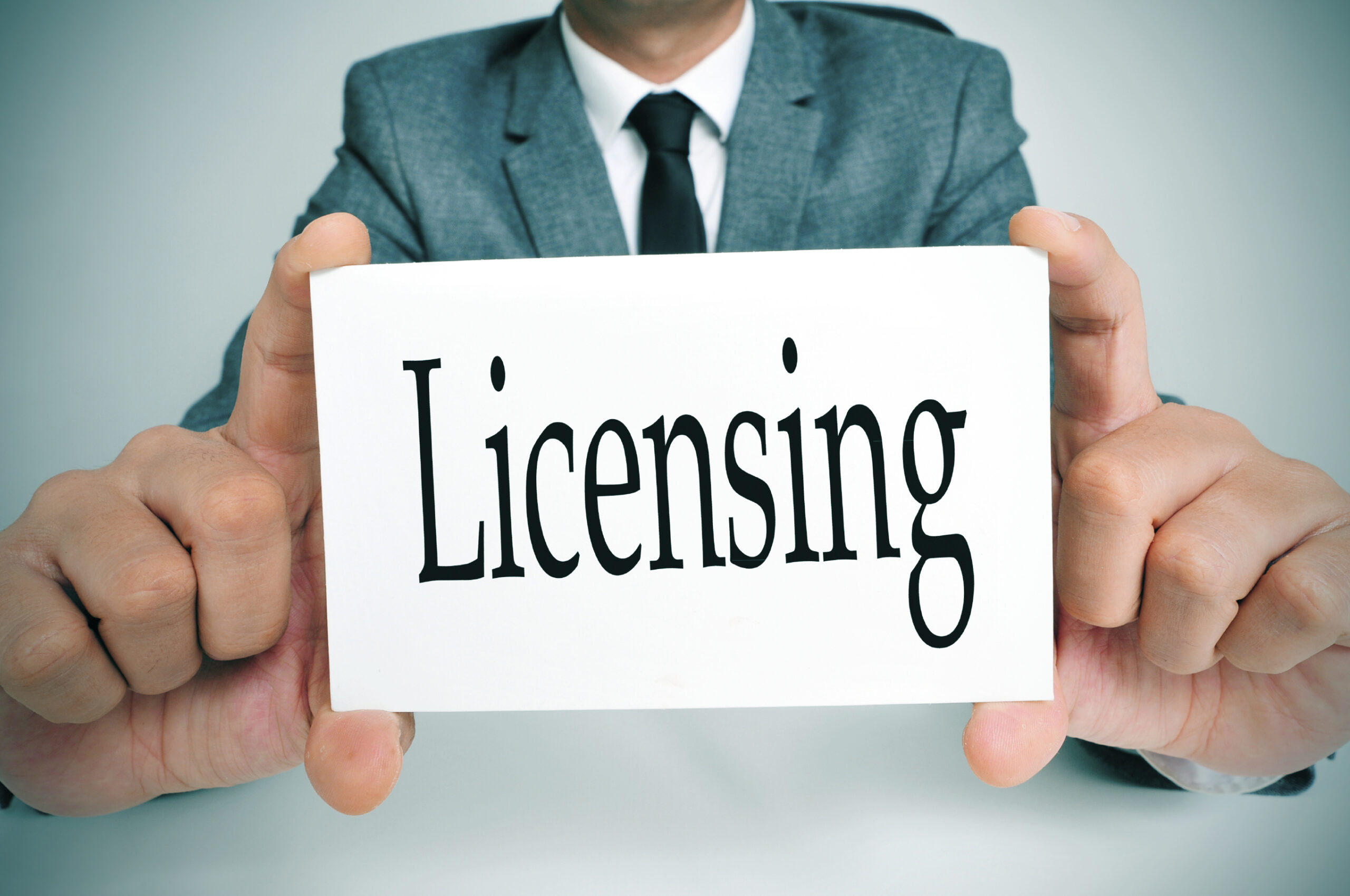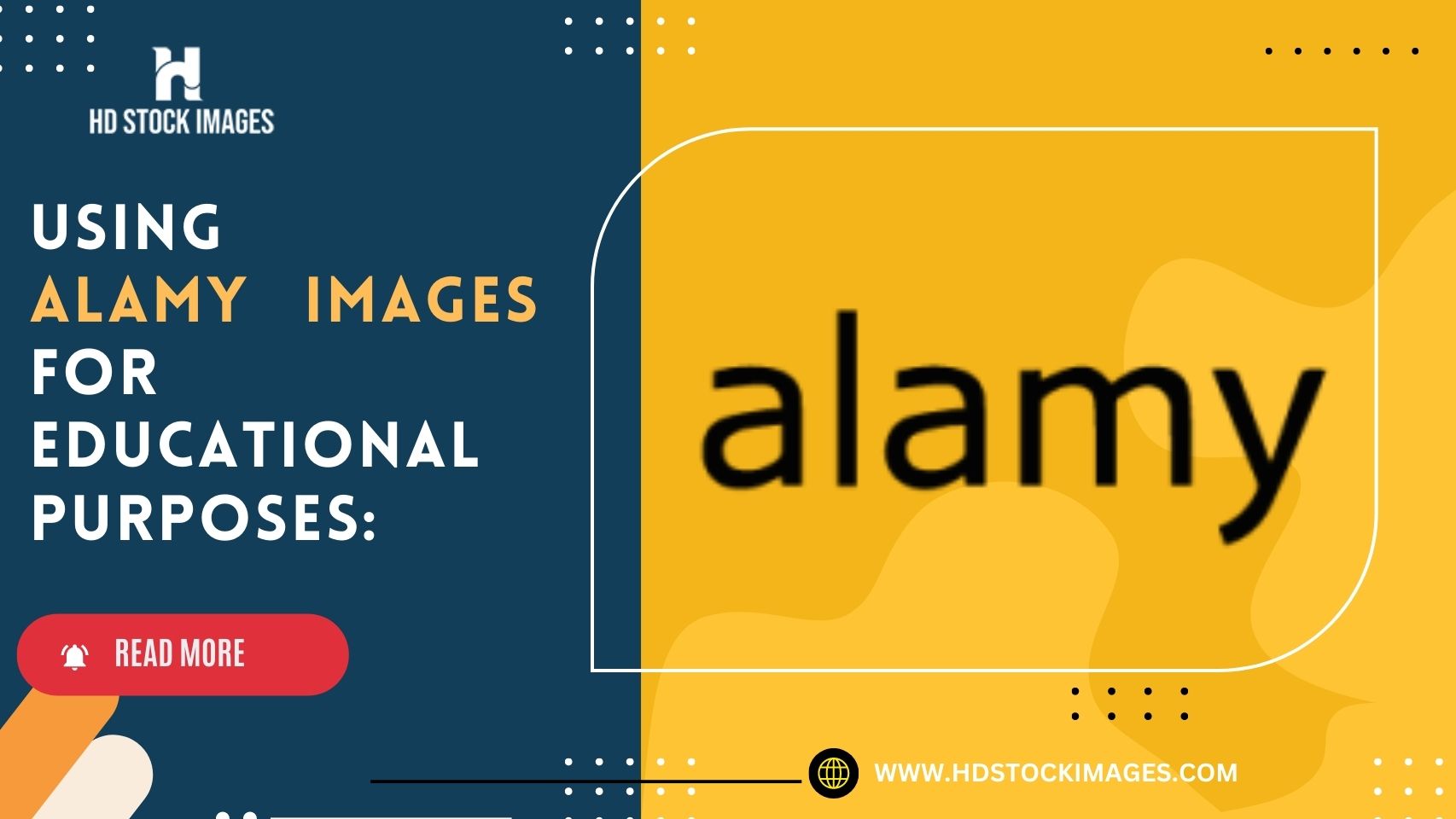1. Introduction:
Alamy is a well-known online stock image agency that offers a vast collection of high-quality images, making it a valuable resource for educators seeking visual content for educational purposes. In the realm of education, images play a crucial role in enhancing learning experiences, engaging students, and promoting information retention. Visual aids help convey complex concepts, stimulate creativity, and foster critical thinking skills among students.However, when using images from Alamy or any other source for educational purposes, it is essential to adhere to guidelines and considerations to ensure ethical and legal usage. The purpose of this guide is to provide educators with a comprehensive framework for effectively utilizing Alamy images while respecting copyright and intellectual property rights.Also Read This: Visualizing Air Traffic Lanes Across the USA Through Images
2. Understanding Alamy's Licensing and Usage Rights:

A. Explanation of Alamy's licensing options:
Alamy offers various licensing options for their images, including Royalty-Free, Rights-Managed, and Editorial licenses. Educators need to understand the implications and permissions associated with each license type.- Royalty-Free: This license grants users the right to use the image multiple times without additional fees, within the defined terms of use. It usually allows for non-exclusive, non-transferable usage for educational purposes.- Rights-Managed: With this license, image usage is more restricted and typically requires specific permissions and fees based on factors like usage duration, media type, and audience size. Educators must carefully review and comply with the terms specified by the rights holder.- Editorial: Editorial images are intended for use in news, journalism, or educational materials that provide factual information. These images may require additional permissions or have limitations on commercial usage.B. Clarification on the permitted usage of images for educational purposes:
Educators should review Alamy's terms of use and licensing agreements to identify any specific provisions related to educational use. Some licenses may explicitly allow images to be used for educational purposes, while others may require additional permissions or customization to fit within educational contexts.It is important to note that using images solely for educational purposes does not automatically qualify as fair use or exempt from copyright restrictions. Educators should familiarize themselves with the relevant copyright laws and adhere to the licensing terms specified by Alamy and the image creators.C. Discussion on the restrictions and limitations of image usage:
Educators must be aware of the restrictions and limitations imposed by Alamy's licensing agreements. These may include restrictions on commercial usage, distribution, alteration, or usage in certain mediums (e.g., social media platforms). Failure to comply with these restrictions may result in copyright infringement or breach of contract.Additionally, some images may contain recognizable individuals, trademarked logos, or copyrighted artworks, which may require separate permissions or releases for their usage. Educators should exercise caution and seek appropriate permissions when using such images in educational materials.Understanding Alamy's licensing options, permitted usage for educational purposes, and the associated restrictions ensures educators make informed decisions when selecting and utilizing images from the platform. By respecting these licensing and usage rights, educators can navigate the legal landscape and promote responsible image usage in educational settings.Also Read This: Can You Really Make Money on Alamy?
3. Selecting Appropriate Images:
When selecting images from Alamy, educators should first consider the specific educational context and purpose for which the images will be used. Whether it's a science lesson, history presentation, or creative project, the images chosen should align with the educational objectives and enhance the learning experience.Images should be relevant to the subject matter and contribute to the understanding of the topic. Educators should carefully assess the accuracy and factual representation of the images, ensuring that they align with reliable and authoritative information sources.It is important to avoid misleading or distorted visuals that may perpetuate misconceptions or inaccuracies. Verifying the credibility of the images and cross-referencing them with reputable educational resources can help ensure their accuracy.Educators should consider the age, maturity level, and cultural background of the intended audience when selecting images. Images should be appropriate and sensitive to the diverse needs and perspectives of students.It is crucial to avoid images that may be offensive, discriminatory, or inappropriate for the intended age group. By being mindful of cultural sensitivity, educators can create an inclusive and respectful learning environment.The visual quality and aesthetics of the images should also be taken into account. High-resolution images with clear details and proper composition can enhance the visual impact and engagement of students. Images that are visually appealing and well-executed can captivate students' attention and facilitate learning.Educators should ensure that the selected images are legally obtained from Alamy and comply with the relevant licensing agreements. By selecting images with appropriate licenses for educational use, educators can avoid copyright infringement and ensure compliance with intellectual property rights.By carefully selecting appropriate images that align with the educational context, accuracy, audience appropriateness, visual quality, and copyright compliance, educators can effectively incorporate Alamy images into their educational materials. These considerations contribute to a more engaging and meaningful learning experience for students.Also Read This: How to Permanently Delete Your Alamy Account
4. Citing and Attributing Alamy Images:
Citing and attributing Alamy images is of utmost importance when incorporating them into educational materials. Proper citation acknowledges the intellectual property rights of the image creators and ensures ethical use. Additionally, it enables others to locate and access the original source for further reference.When citing Alamy images in educational materials, educators should follow consistent guidelines. Although specific citation formats may vary depending on the preferred citation style, a general guideline can be followed. This includes providing the name of the image creator or copyright holder, a title or brief description of the image, indicating Alamy as the source, specifying the date of publication or creation, and including the URL or direct link to the image on the Alamy website.For print materials, such as textbooks or handouts, the citation format may follow the structure of "Author/Creator. (Year). Image Title [Image]. Retrieved from Alamy: URL." Similarly, in digital presentations or websites, the format remains similar, with the addition of the retrieval information.Educators should also emphasize the importance of ethical and legal image usage to students. By teaching them how to responsibly use and cite images, educators instill a culture of respecting intellectual property rights and discourage plagiarism. Students need to understand the consequences of improper image usage and the significance of giving proper credit to image creators.By providing clear guidelines and examples of proper citation and attribution, educators ensure that both they and their students uphold ethical standards when incorporating Alamy images into educational materials.Also Read This: A Quaint Midwestern Town Captured Perfectly on Alamy Stock Photos
5. Best Practices for Ethical and Legal Use:
A. Respecting copyright and intellectual property rights:
Educators should have a thorough understanding of copyright laws and respect the intellectual property rights of image creators. Only use images from Alamy that are properly licensed for educational purposes, and avoid using copyrighted images without permission.B. Obtaining necessary permissions:
If an intended use exceeds the scope of the image's license, seek additional permissions from the copyright holder. This may include obtaining permission for commercial use, modification, or distribution beyond the license terms. Ensure proper documentation of permissions obtained.C. Understanding fair use and public domain:
Familiarize yourself with the concept of fair use, which allows for limited use of copyrighted material without permission for purposes such as criticism, commentary, or education. However, fair use is subject to specific conditions and should be used judiciously. Additionally, be aware of images in the public domain, which are not subject to copyright restrictions and can be freely used.D. Properly attribute image sources:
Always provide accurate and complete attribution for Alamy images used in educational materials. Include the name of the image creator or copyright holder, the title or description of the image, and the source (Alamy). Follow the required citation style guidelines and ensure consistency in attribution across all materials.E. Educate students about image usage guidelines:
Teach students about the importance of ethical image usage, copyright laws, and the proper attribution of images. Encourage them to develop responsible digital citizenship habits and emphasize the consequences of plagiarism or copyright infringement. Foster critical thinking skills to evaluate the legality and credibility of images used in their own work.By following these best practices, educators can promote ethical and legal use of Alamy images in educational settings. By respecting copyright and intellectual property rights, obtaining necessary permissions, properly attributing image sources, educating students, using image manipulation responsibly, and staying up-to-date with image usage policies, educators can create a culture of responsible image usage that fosters creativity, critical thinking, and respect for intellectual property.@alamy did the user acquired the legal #rights to use an #alamy picture of the german politician claudia roth for twitter, just because the watermark is still visible
— TWG_IR (@ir_twg) July 14, 2022
Also Read This: Are Alamy Vectors Suitable for Commercial Use? Licensing Guidelines Explained
FAQ:
- Can I use Alamy images for educational purposes?
- What are the guidelines for using Alamy images for educational purposes?
- You must obtain a license from Alamy before using any of their images.
- You must use the images for educational purposes only.
- You must not modify the images in any way.
- You must credit Alamy and the photographer when you use the images.
- You must not use the images for commercial purposes.
- What are the considerations for using Alamy images for educational purposes?
- The age and maturity level of the students who will be viewing the images.
- The purpose of using the images.
- The availability of other, free images that could be used instead.
- The cost of the Alamy license.
- How do I obtain a license from Alamy?
- What are the different types of licenses available from Alamy?
- Standard License: This license allows you to use the images for educational purposes, but you cannot modify them in any way.
- Extended License: This license allows you to modify the images in some ways, such as cropping or resizing them.
- Commercial License: This license allows you to use the images for commercial purposes.
- How much does it cost to license an Alamy image?
- What are the benefits of using Alamy images for educational purposes?
- Alamy has a wide selection of high-quality images that can be used to illustrate a variety of topics.
- The images are licensed for educational use, so you can be sure that you are using them legally.
- The images are easy to find and download.
- What are the drawbacks of using Alamy images for educational purposes?
- The images can be expensive to license.
- The images may not be appropriate for all ages or maturity levels.
- The images may not be available in all languages.
- What are some alternatives to using Alamy images for educational purposes?
- Using free stock images from websites such as Pixabay or Unsplash.
- Creating your own images.
- Using images from your own collection.
- What are the best practices for using Alamy images for educational purposes?
- Use the images for the intended purpose.
- Do not modify the images without permission.
- Credit Alamy and the photographer when you use the images.
- Use the images in a way that is respectful of the subject matter.

 admin
admin








